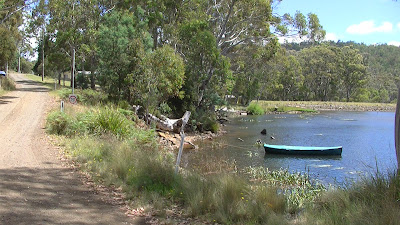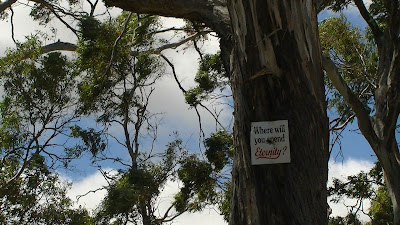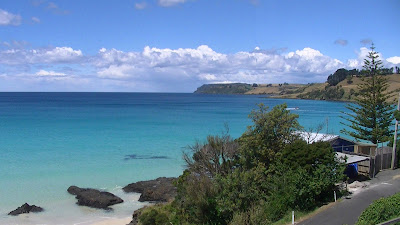James Hutton was one of the early pioneers of Geology. During the beginnings of the scientific revolution scientists were just begining to understand the processes that were gradually building the earth's surface. When they saw how slowly those changes progressed and the vast scale of the landscapes those tiny changes eventually lead to, it seemed too incredible to be true. It was starting to dawn on Hutton and his contemporaries how immensely old the earth must be.
Hutton's 1788 paper concludes;
"The result, therefore, of our present
enquiry is, that we find no vestige of a beginning,–no prospect of an
end."
Back then figures were being bandied about in the tens of millions of years. Fast forward to Becquerel and the discovery of radioactivity. This gives us the double whammy of being able to explain, firstly, how the sun and the earth stayed hot for so long, and also, enabled us to date the planet precisely, using little clocks built into the fabric of matter itself.
Deep Time was here to stay -
4.6 BILLION years !
As humans however we struggle to visualise such a gaping chasm of time. Think about how your perception of time progresses. Years are remembered in flashes and minutes can telescope into eternity. The concept of time is probably one of the most unreliable senses we Humans have.
In order to try to grasp this concept I once amused myself, whilst driving from Kalgoorlie to Cloncurry along the Birdsville track with this thought experiment ;
Imagine every millimetre represents a year as you trundle along in the Toyota Troopcarrier "Time Machine".
You can span a man's life time with your hand.
The event that marked the catastrophe at the Tertiary Cretaceous boundary - a whacking great asteroid smacking into the planet. A blinding flash of light like an atom bomb, only vastly bigger, then plunging the planet into dust and darkness and killing off the dinosaurs. This would be over in the actual blink of your eye.
You then work out where, along the road of geological history, each event would be located.
Take the early Proterozoic Eon for example. Prior to this there was no Oxygen in the atmosphere. Blue Green algae similar to the Shark Bay stromatolites, began the neat trick of photosynthesis. One tiny relentless little bubble after the next as , little by little, entire oceans rusted into what would eventually become mountains of Iron Ore in the Pilbara. Took 'em a while but they eventually got around to it.
You get the idea now ? I wont spoil it for you because working it out is half the fun and makes the exercise all the more compelling.
This is one
long road trip.












.jpg)



































